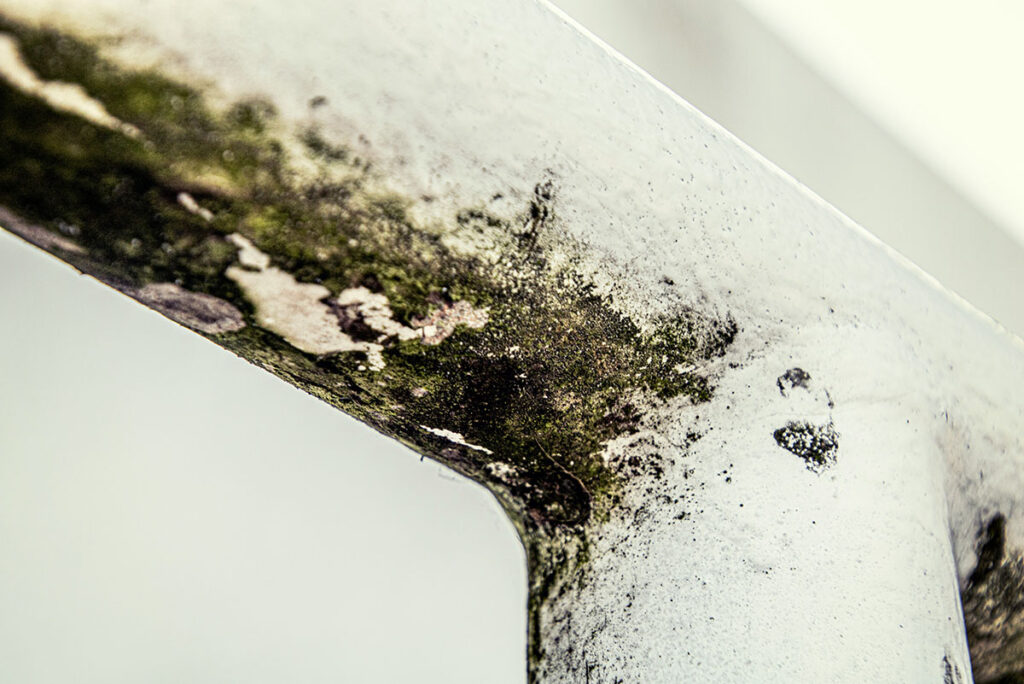EN 15798 Indoor Material Microbial Growth Testing
The CEN standard EN 15798 specifies a method for the determination of microbial growth on indoor building materials. This test is particularly critical in understanding and mitigating the risks associated with indoor air quality, especially when dealing with moisture issues such as condensation or leaks. The standard applies to various types of indoor building materials, including but not limited to wood, plasterboard, carpets, and insulation materials.
Quality managers and compliance officers need to ensure that their facilities meet regulatory requirements and industry best practices regarding indoor air quality. This test helps in identifying potential sources of microbial contamination that can lead to health issues such as respiratory problems or allergies. For R&D engineers involved with the development of new building materials, EN 15798 provides a clear framework for assessing the durability and hygiene of their products.
Testing is typically performed by exposing samples of the material under controlled conditions designed to simulate real-world scenarios where moisture might accumulate. The specimens are then incubated in an environment conducive to microbial growth over a specified period, allowing any present microorganisms to proliferate. After incubation, the samples are analyzed using appropriate microbiological techniques such as colony-forming unit (CFU) counts or quantitative PCR.
The application of this standard is not limited to new product development but also extends to existing building stock where moisture-related problems have been identified. By conducting periodic tests on these materials, facility managers can assess the effectiveness of remediation efforts and predict potential future issues.
It's important to note that while EN 15798 provides a standard methodology for testing microbial growth, it does not dictate specific thresholds or limits beyond which contamination would be considered unacceptable. This flexibility allows laboratories like ours to tailor our approach based on the unique characteristics of each project and client requirements.
Our team uses state-of-the-art facilities equipped with specialized equipment capable of accurately measuring even trace amounts of microorganisms. We follow strict protocols outlined in EN 15798, ensuring consistency across all tests conducted. Our reports provide detailed information about the types and quantities of microbes detected, enabling stakeholders to make informed decisions regarding their buildings' maintenance and improvement.
Understanding how different factors such as humidity levels or temperature changes affect microbial growth is crucial for effective management of indoor environments. Our expertise in this area allows us to offer valuable insights into not only what was found during testing but also why certain conditions might have contributed to the observed results. This knowledge can be invaluable when implementing strategies aimed at reducing the risk of adverse health impacts from indoor air quality.
For those responsible for maintaining and improving the indoor environment, knowing exactly where microbial growth occurs within a structure is essential. With our comprehensive testing services based on EN 15798, we help identify problem areas early on so that appropriate actions can be taken to address them before they escalate into larger issues.
| Applied Standards | Description |
|---|---|
| EN 15798:2009 | Method for the determination of microbial growth on indoor building materials |
| ASTM E2364-11 | Standard test method for measuring mold and mildew contamination in residential and commercial environments |
Applied Standards
The testing procedure specified in EN 15798 is designed to be consistent with other relevant international standards such as ASTM E2364-11. Both these methods aim at providing reliable data on microbial growth levels, which can then inform decisions related to building maintenance and health risks assessment.
| Applied Standards | Description |
|---|---|
| EN 15798:2009 | This European standard defines the methodology for determining microbial growth on indoor building materials, which is essential for ensuring compliance with health and safety regulations. |
| ASTM E2364-11 | An American Society for Testing Materials (ASTM) standard that provides guidelines for measuring mold and mildew contamination in residential and commercial settings. This additional reference helps validate the results obtained from EN 15798. |
Quality and Reliability Assurance
- Strict adherence to EN 15798 protocol throughout all stages of testing.
- Use of calibrated instruments and reagents to ensure accurate measurement results.
- Regular calibration checks performed on critical equipment used in the process.
- Detailed documentation maintained for every test conducted, including sample preparation details and environmental conditions during incubation.
The above practices are integral to maintaining high standards of quality and reliability in our testing processes. By following these rigorous procedures, we guarantee that the data produced is accurate and can be relied upon by clients when making important decisions about their facilities' maintenance and health safety measures.
Use Cases and Application Examples
EN 15798 Indoor Material Microbial Growth Testing finds application in various scenarios where there are concerns regarding indoor air quality due to moisture-related issues. Some typical use cases include:
| Use Case | Description |
|---|---|
| New Construction Projects | Testing can be performed during the initial stages of construction to ensure that materials used meet required standards before being installed. |
| Retrofitting Existing Buildings | When renovating or repairing an older building, testing helps in identifying whether existing materials need replacement due to excessive microbial growth. |
| Post-Occupancy Evaluation | After occupancy begins, periodic tests can be carried out to monitor changes in indoor air quality over time and identify any emerging problems early on. |
The results from these tests play a crucial role in decision-making processes related to building maintenance, occupant health, and safety. They provide valuable insights into the effectiveness of various strategies employed for improving indoor environments.





